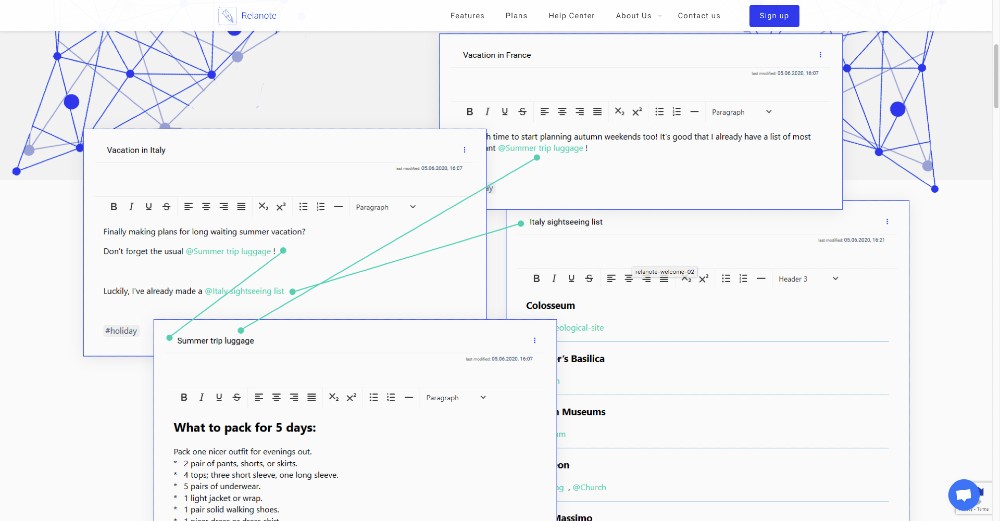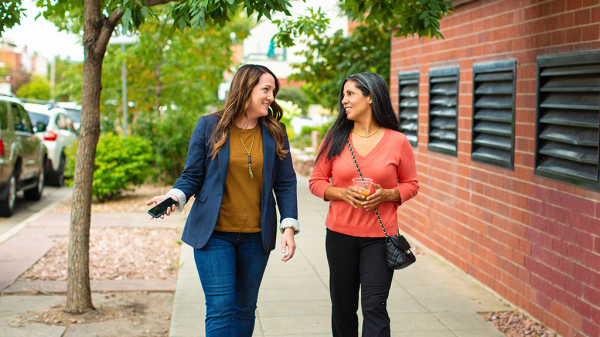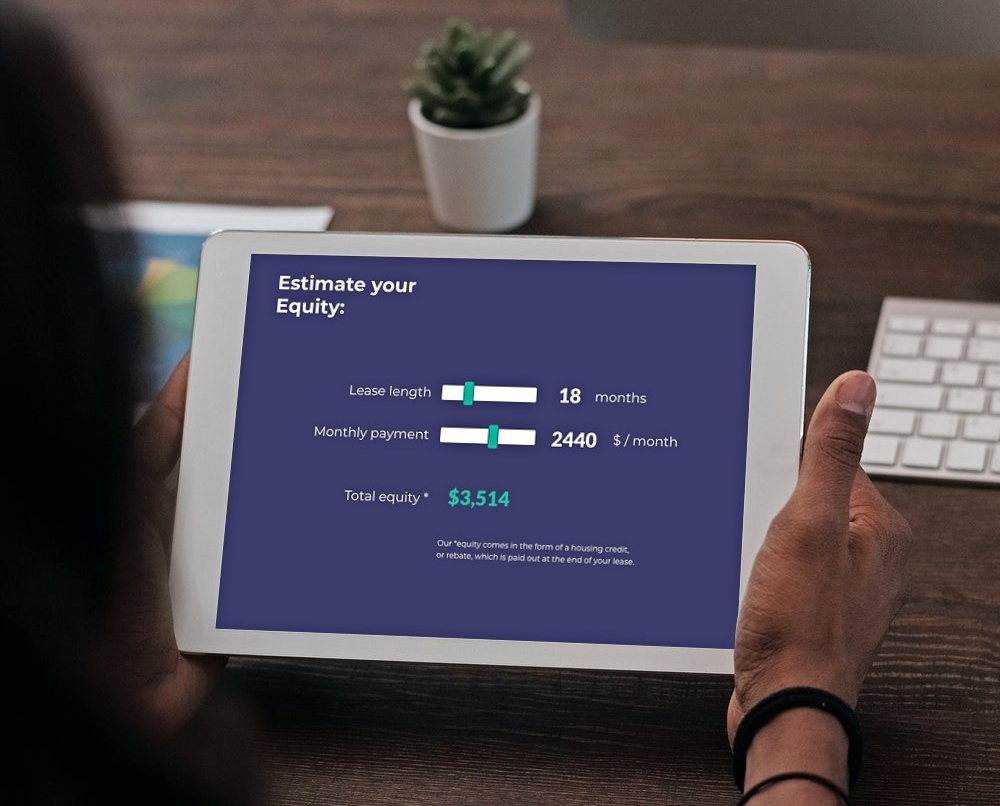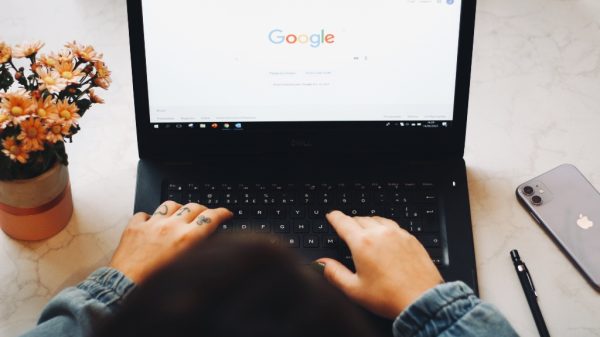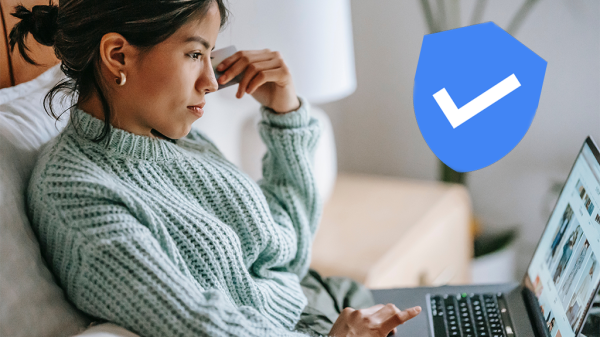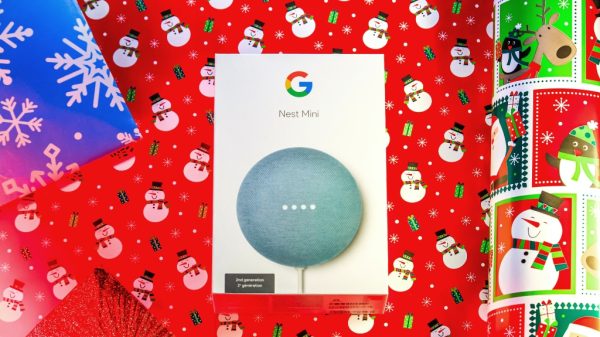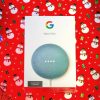In a recent update, the Google Nest Hub Max took a leaping swan dive into the uncanny valley of smart home technology – and it doesn’t look like it’ll be leaving anytime soon.
The update in question allows Nest Hub Max users looking to ask the smart home appliance a question to ditch the “OK Google” catchphrase in favor of simply looking at the camera and talking; while this may be convenient in the moment, the long-term implications are terrifying.
The Nest Hub Max’s “Look and Talk” feature is, to Google’s credit, turned off by default, though whether or not it will stay that way through subsequent updates is anyone’s guess.
In order to use the feature, Nest Hub Max owners must ensure that the camera is uncovered and the unit is in a location that allows for easy “eye contact.”
Once enabled, a user can look at the camera and make a request or ask a question rather than having to utter the tragically complicated “OK Google” and then wait a small eternity for the Nest Hub Max to acknowledge their mortal presence.
Obviously, there are some pretty substantial privacy concerns to accompany this feature. While several experts in advertising, ethics, and cybersecurity have repeatedly assured users that their phones are not listening to them (outside of some specific app permissions, a claim we don’t completely buy), the “Look and Talk” feature changes that.
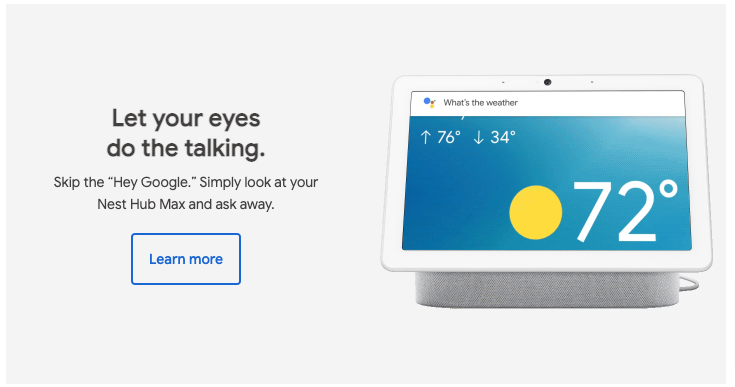
If you think for one moment that Google won’t use this convenience as a possibility to harvest as much audible data from you as possible, you probably haven’t been paying attention.
The combination of a microphone that is always listening and a camera that has the most advantageous vantage point in your home for easy looking means that the Nest Hub Max can take in infinitely more data than before – and that’s saying something.
Of course, some schools of thought will dismiss this notion as unnecessarily alarmist. Surely Google already has lots of data on you — so much so that they couldn’t stand to gain that much more from seeing and hearing your home, right?
Unfortunately, this is a concession that we cannot afford to make, mainly because the concept of privacy in one’s home should be protected at all costs.
“The combination of a microphone that is always listening and a camera that has the most advantageous vantage point in your home for easy looking means that the Nest Hub Max can take in infinitely more data than before.”
With the Look and Talk feature enabled, it isn’t too far of a stretch to imagine your Nest Hub Max history — something that could easily contain intimate footage or other sensitive information — getting shared with law enforcement because of something that happened audibly next door. This is something that Ring already does, so it’s a worst-case scenario that is both too awful and too plausible to allow.
Luckily, this is still an optional feature — and, in case you accidentally activated it, you can find options to turn off Look and Talk in the Settings section of your Nest Hub Max. Once Settings is open, go to Google Assistant in the “Features” section, tap Face Match, and find the section for Look and Talk. If it says “turn on Look and Talk”, your Nest Hub Max’s Look and Talk feature is already off. As it should stay.
Jack Lloyd has a BA in Creative Writing from Forest Grove's Pacific University; he spends his writing days using his degree to pursue semicolons, freelance writing and editing, oxford commas, and enough coffee to kill a bear. His infatuation with rain is matched only by his dry sense of humor.






